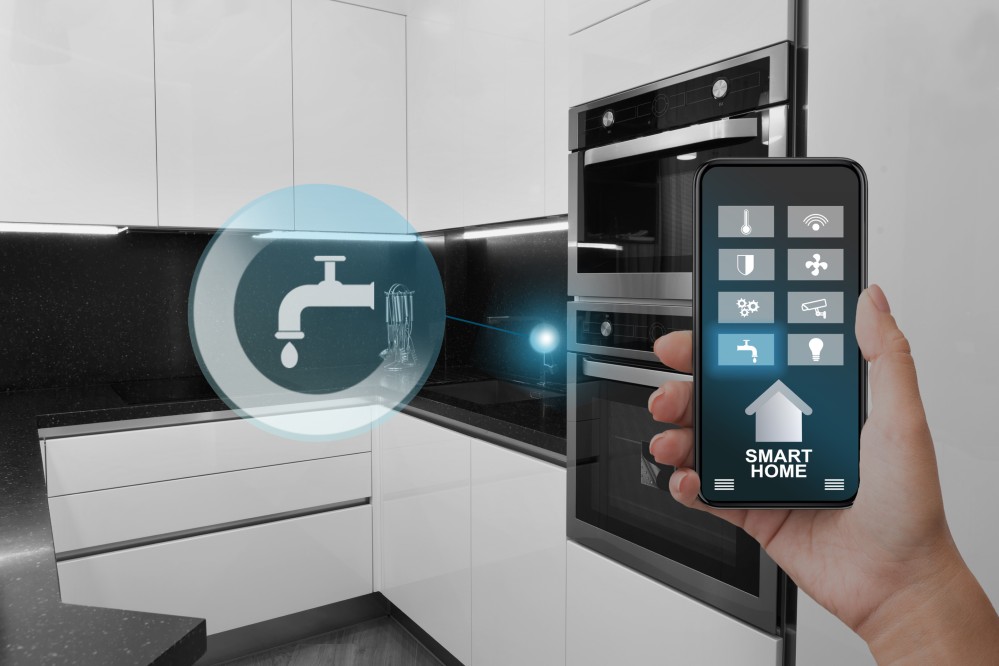
Drip Irrigation System: A Tech-Savvy Water Solution
Share
In a world where technology is reshaping every aspect of our lives, the realm of agriculture and gardening is no exception. Among the innovative solutions that have emerged, the drip irrigation system stands out as a beacon of efficiency and sustainability. For tech professionals and enthusiasts, understanding this system not only offers insights into water conservation but also showcases the potential of technology in solving real-world problems.
The drip irrigation system is a micro-irrigation method that delivers water directly to the roots of plants through a network of valves, pipes, tubing, and emitters. This targeted approach minimizes water wastage, making it an ideal solution in regions plagued by drought or in areas where water resources are becoming increasingly scarce. But how does this system work, and why should tech enthusiasts take note?

How Does a Drip Irrigation System Work?
At its core, a drip irrigation system operates by allowing water to drip slowly to the roots of plants. This is achieved through a network of pipes and valves that can be programmed to deliver water at specific times and rates. The system can be manually controlled or automated, with advanced setups incorporating sensors and IoT technology to optimize watering schedules based on soil moisture levels and weather forecasts.
For tech professionals, the integration of IoT in drip irrigation systems presents an exciting intersection of agriculture and technology. By utilizing sensors and data analytics, these systems can be fine-tuned to provide precise amounts of water, ensuring optimal plant growth while conserving water resources. This not only enhances efficiency but also contributes to sustainable agricultural practices.
The Benefits of Drip Irrigation for Tech Enthusiasts
1. Water Conservation: With the global emphasis on sustainability, the drip irrigation system plays a crucial role in conserving water. By delivering water directly to the plant roots, it reduces evaporation and runoff, ensuring that water is used efficiently. According to the Water Corporation, adopting water-saving technologies is essential for sustainable living.
2. Energy Efficiency: Automated drip irrigation systems can be programmed to operate during off-peak hours, reducing energy consumption. This is particularly beneficial for tech enthusiasts interested in energy-efficient solutions and renewable energy integration.
3. Scalability: Whether it's a small home garden or a large agricultural field, drip irrigation systems can be scaled to meet the needs of any project. This flexibility makes it a versatile solution for tech professionals working on diverse projects.
Integration with Smart Technologies
The integration of smart technologies into drip irrigation systems has opened up new possibilities for precision agriculture. By leveraging IoT devices, tech enthusiasts can monitor soil moisture levels, weather conditions, and plant health in real-time. This data-driven approach allows for informed decision-making, optimizing water usage and improving crop yields.
For those interested in exploring the broader implications of smart technologies in sustainable living, our article on Smart Leak Detection Systems provides insights into how IoT can mitigate water wastage in urban settings.
Challenges and Considerations
While the benefits of drip irrigation systems are numerous, there are challenges to consider. Initial setup costs can be high, especially for advanced systems incorporating IoT devices. However, the long-term savings on water and energy can offset these costs. Additionally, regular maintenance is essential to prevent clogging and ensure the system operates efficiently.
For tech professionals, these challenges present opportunities for innovation. Developing cost-effective solutions and designing systems that require minimal maintenance can drive the adoption of drip irrigation systems on a larger scale. Our article on Water Smart Gardening explores various techniques to optimize water usage in gardens.
The Future of Drip Irrigation Systems
As technology continues to evolve, the future of drip irrigation systems looks promising. Advancements in sensor technology, data analytics, and machine learning will further enhance the efficiency and effectiveness of these systems. For tech enthusiasts, staying abreast of these developments offers a glimpse into the future of sustainable agriculture and resource management.
Moreover, the integration of renewable energy sources, such as solar panels, can further enhance the sustainability of drip irrigation systems. This aligns with the broader goals of eco-friendly living and reducing our carbon footprint. Our article on Eco-Friendly Home Automation delves into the potential of integrating renewable energy solutions in everyday life.
Conclusion
For tech professionals and enthusiasts, the drip irrigation system represents more than just a method of watering plants. It embodies the potential of technology to address global challenges, such as water scarcity and climate change. By embracing and innovating within this space, tech enthusiasts can contribute to a more sustainable and efficient future.

FAQ
1. How does a drip irrigation system conserve water?
The drip irrigation system conserves water by delivering it directly to the plant roots, reducing evaporation and runoff. This targeted approach ensures that water is used efficiently, conserving resources.
2. Can drip irrigation systems be integrated with smart technology?
Yes, drip irrigation systems can be integrated with smart technology, such as IoT devices and sensors, to optimize watering schedules based on real-time data, improving efficiency and conserving resources.
3. What are the challenges of implementing a drip irrigation system?
Challenges include initial setup costs and maintenance requirements. However, the long-term benefits, such as water and energy savings, often outweigh these challenges, making it a viable solution for sustainable agriculture.
